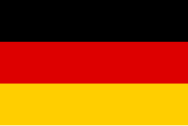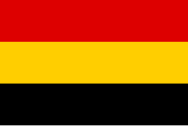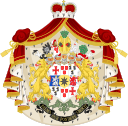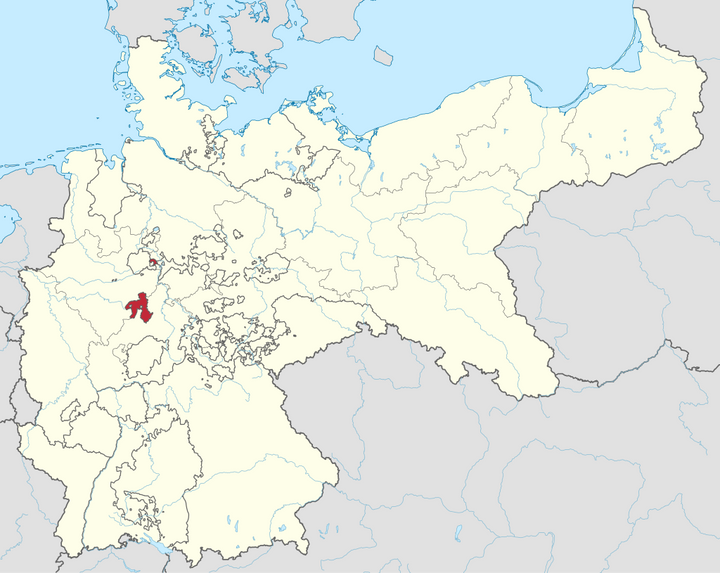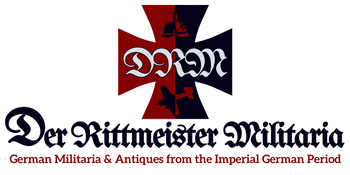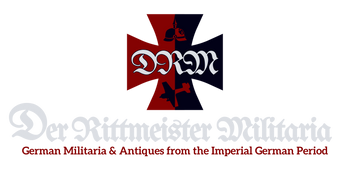Waldeck-Pyrmont (Fürstentum Waldeck-Pyrmont)
CLICK HERE FOR ALL PRODUCTS RELATED TO WALDECK-PYRMONT
Basic Information
- Official Name: Principality of Waldeck-Pyrmont (Fürstentum Waldeck-Pyrmont)
- Capitals: Arolsen (primary) and Pyrmont (secondary)
- Motto: "Nihil Sine Deo" (Nothing Without God)
- Established: 1807 as a principality (earlier as a county in 1180)
- Dissolution: Transitioned to the Free State of Waldeck-Pyrmont in 1918 following the abdication of Prince Friedrich.
-
Key Symbols:
- Coat of Arms: A red lion on a gold background for Waldeck, and a golden eagle on a black field for Pyrmont.
- Flag: Yellow and red horizontal stripes.
Geographical Overview
-
Location:
Situated in northwestern Germany, bordered by Prussia and Hesse. -
Size:
One of the smaller German states, with rolling hills, forests, and spa towns. Major towns included Arolsen, Pyrmont, and Bad Wildungen. -
Land Features:
- Kellerwald-Edersee Forest: A dense wooded area in Waldeck, now part of a UNESCO biosphere reserve.
- Pyrmont Spa Region: Known for its mineral springs and therapeutic baths.
Historical Timeline
-
Early Waldeck and Pyrmont:
- 1180: Established as a county under the Holy Roman Empire.
- 17th Century: The counties of Waldeck and Pyrmont were united through inheritance.
-
Principality Era (1807–1918):
- 1807: Elevated to a principality during the Napoleonic reorganization of Germany.
- 1868: Entered a personal union with Prussia but retained internal governance.
- 1871: Became part of the German Empire while maintaining autonomy.
-
Decline (1918):
- The abdication of Prince Friedrich during the German Revolution marked the end of the principality, transitioning into a Free State.
Notable Rulers and Leaders
- Friedrich Karl August (1763–1812): The first prince, who modernized the state’s administration.
- Friedrich (1893–1918): The last prince, whose abdication ended the principality’s monarchy.
Military and Political Strength
-
Military Contributions:
- Waldeck-Pyrmont contributed a small contingent to the Imperial German Army, often serving in specialized units.
- Known for its disciplined regiments and integration into Prussian military structures.
-
Political Role:
- Governed as a constitutional monarchy with representation in the Bundesrat.
- Its personal union with Prussia limited its influence but ensured stability.
Cultural Contributions
-
Architecture:
- Arolsen Castle: A Baroque residence of the princely family, known for its grand design and gardens.
- Pyrmont Spa Complex: A historic site reflecting Pyrmont’s prominence as a spa destination.
-
Arts and Literature:
- Supported regional art and crafts, particularly woodwork and textiles.
- Pyrmont became a cultural hub for health tourism, attracting writers and musicians.
-
Education and Science:
- Focused on agricultural and forestry education, reflecting its rural economy.
- Promoted research into mineral springs and their therapeutic properties.
-
Cuisine:
- Known for regional specialties like Waldecker Schinken (smoked ham) and potato-based dishes.
- Pyrmont’s spa culture introduced light, health-conscious meals to local cuisine.
Fall of Waldeck-Pyrmont
-
World War I (1914–1918):
- The war strained the economy and limited the region’s spa tourism.
-
German Revolution (1918):
- Prince Friedrich abdicated, and Waldeck-Pyrmont transitioned to a Free State before being fully integrated into Prussia in 1929.
-
Post-WWII (1945):
- Incorporated into modern Hesse in West Germany.
Connections to Products
-
Cultural Artifacts:
- Replicas and artwork featuring Arolsen Castle and the Pyrmont Spa Complex.
- Folk crafts and textiles from Waldeck-Pyrmont’s rural regions.
-
Military Memorabilia:
- Medals, badges, and documents from Waldeck-Pyrmont regiments in the Imperial Army.
- Maps and records detailing the principality’s military alliances with Prussia.
-
Historical Documents:
- Administrative records and royal decrees from the House of Waldeck-Pyrmont.
- Correspondence and artifacts related to the region’s governance and spa culture.
-
Tourism and Culinary Items:
- Guidebooks and postcards featuring Waldeck-Pyrmont’s landmarks, including its spa towns and forests.
- Recipe books and tools for preparing regional dishes like Waldecker Schinken.
-
Educational Contributions:
- Publications on forestry, agriculture, and mineral spring research.
- Memorabilia tied to Pyrmont’s prominence as a health and wellness destination.
